I think of my mate James as slightly eccentric in his choices when it comes to camera equipment. A good example of this eccentricity is the work that he had done to a Leica M3 and Canon 50mm 0.95 “Dream lens”. As well as demonstrating his eccentric nature, that particular combo also nods toward the fact that James likes a fast, or at least faster lens. I’m pretty certain that he’s also slightly more attracted to lower contrast, older lenses, as well as having a penchant for slightly less common equipment. I may be wrong in all of these assumptions, though I suspect that I’m quite likely right, since all of these preferences fit well to the Avenon 21mm f/2.8 super-wide lens.
The reason I am currently in possession of James’s Avenon 21mm f/2.8 super-wide lens is two-fold. Firstly, James is a nice guy. He knows I’m looking to buy a 21mm lens at some point, so he kindly offered to loan this one to me. Second, James is having a bit of a clear out of his kit and is looking to sell this lens. He has also knows what I’m like with camera gear that’s for sale… he knows that if he puts his lens in my hand, there’s a significantly greater chance that I’ll buy it off him. Unfortunately for James, even before taking a photo with this lens, I knew it wasn’t for me… sorry James, it didn’t work… not this time…
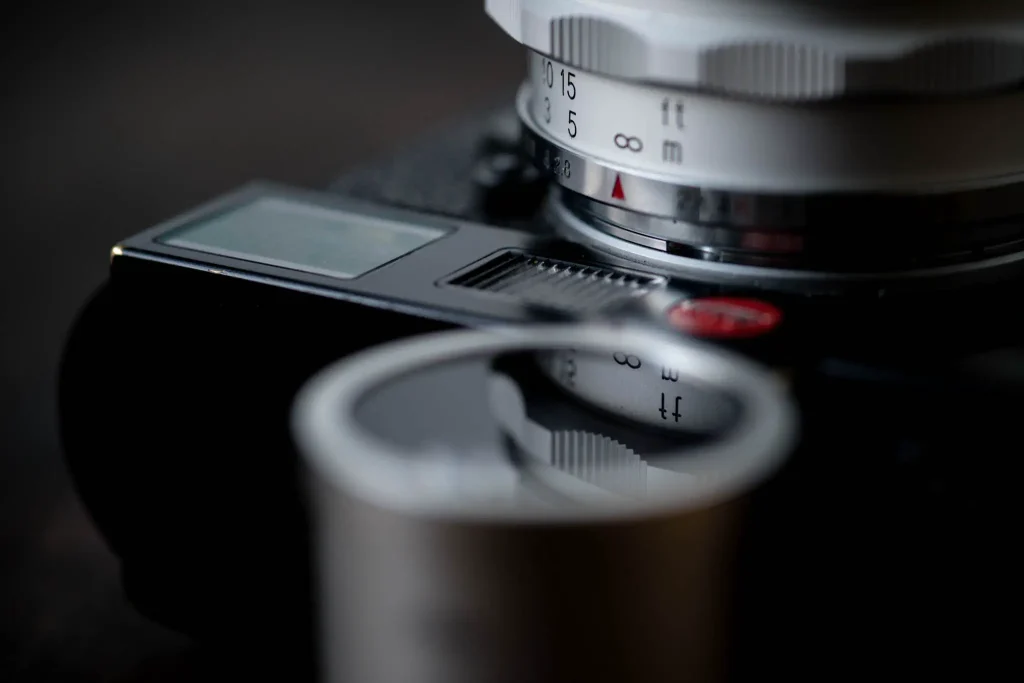
The Avenon 21mm f/2.8 super-wide lens review
There’s a bit of history about the manufacturer of the Avenon 21mm f/2.8 super-wide here, but the short version is that it was made by a company called YK.Optical and was sold under a verity of names with the seemingly most common other variant being the Kobalux 21mm f/2.8 super-wide lens. Same lens, just a different word on the front.
As far as I can gather the Avenon 21mm came in two key variants. The one I have here has a minimum focus distance of 1m (more on that later), with a later version focusing down to 0.75m. Apparently, it wasn’t always supplied with the huge viewfinder either, though James has one with his.
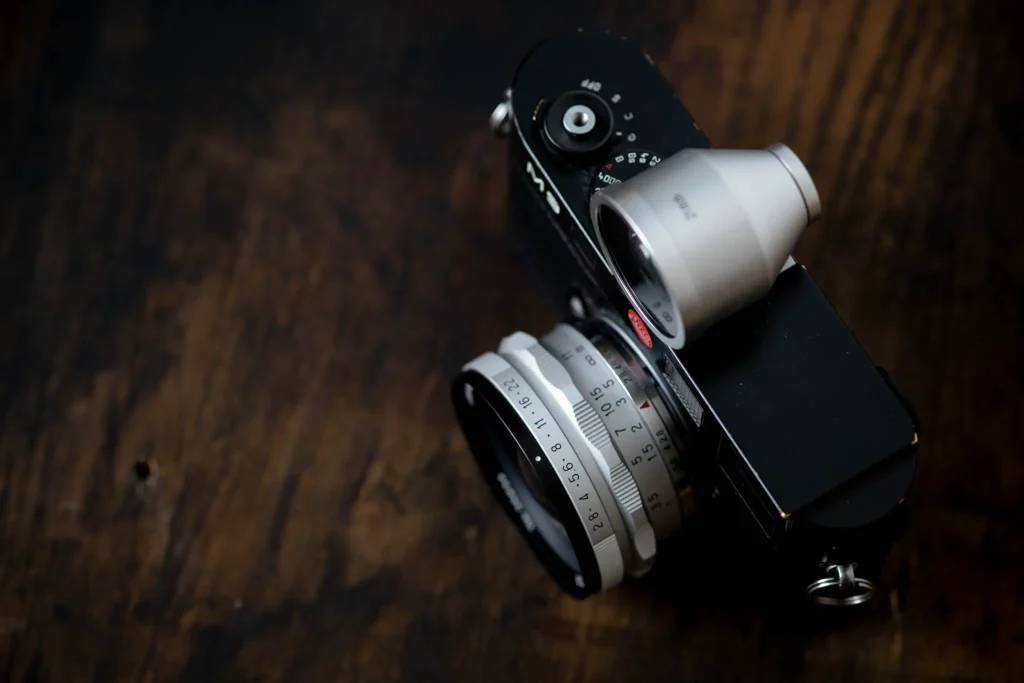
Speaking of huge, possibly the most prominent feature of the Avenon 21 is indeed its size. This lens is not small, in fact, it’s more akin in size to a small SLR lens. Reading the cameraquest page about this lens, it refers to it as a retrofocus design, which might explain the larger size. The rear element does still project quite far into the body of the camera, though apparently doesn’t interfere with the metering in any of the metered M-mount cameras. It certainly mounts on my CL ok.
Handling
Of course, depending on tastes, this size could be either a good or bad thing. It’s fair to say that the main benefit is definitely a positive handling experience. The big focus control, and indeed aperture control make for a very comfortable lens to use, if slightly less comfortable to carry (assuming your as picky when it comes to the size of your gear as I am).
Both controls also rotate very smoothly on the copy I have here, though I do like slightly more solid feeling clicks to the aperture control than I find here. It’s also a fairly solid feeling chunk of metal and glass. I suspect it’s made of aluminium as it doesn’t have the weight of a brass lens, but it’s nice enough to handle nonetheless.
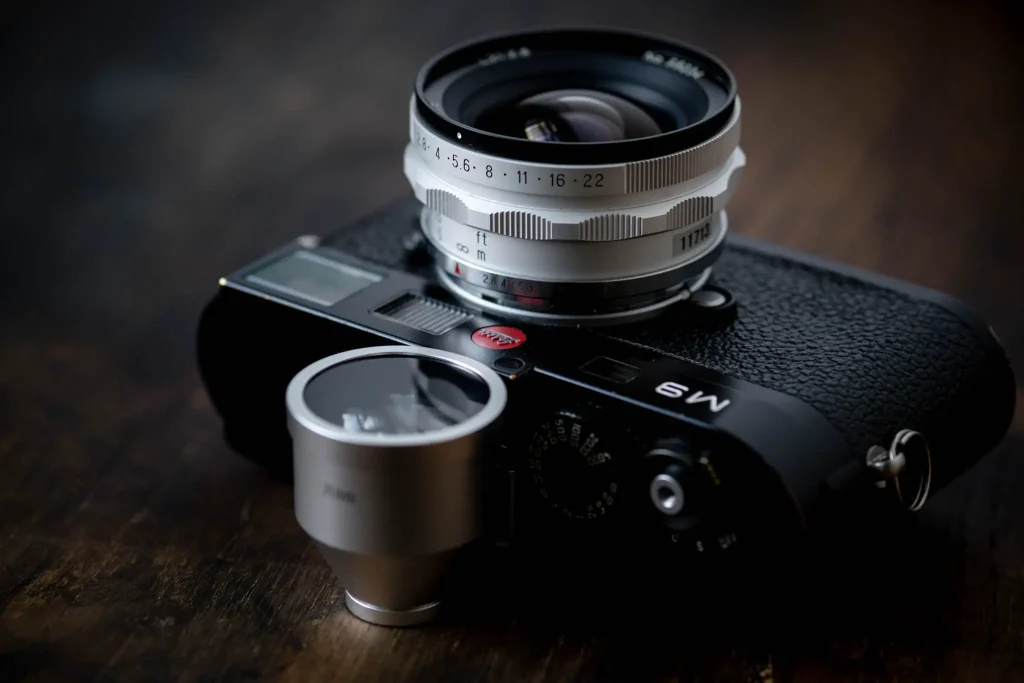
The viewfinder
A big nice to handle lens is one thing, but a big viewfinder is another. For the size of this thing you’d expect, or at least hope for near perfection. Hope as you might, it’s not to be found here. It’s bright enough, I’ll give it that, but the frame lines pull a disappearing act quite readily, and that’s before you’ve come unstuck with the distortion it presents you with.
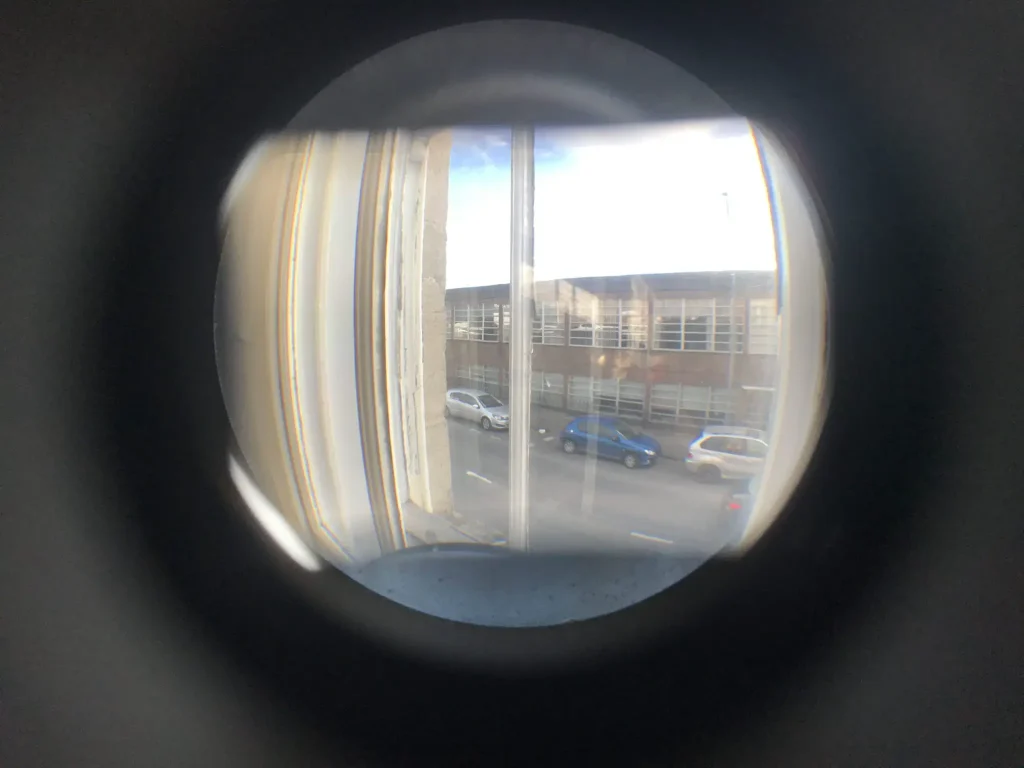
Trying to take photos with this lens/veiwfinder combo, where your desire is a vertical upright, is hard work. The viewfinder is so distorted it’s hard to assess the frame in any meaningful way for that purpose. Still, other smaller, more practical viewfinders are available, it might just add up to another cost you need to spend to get the best out of this lens if subjects like architecture are what you wish to shoot with it.
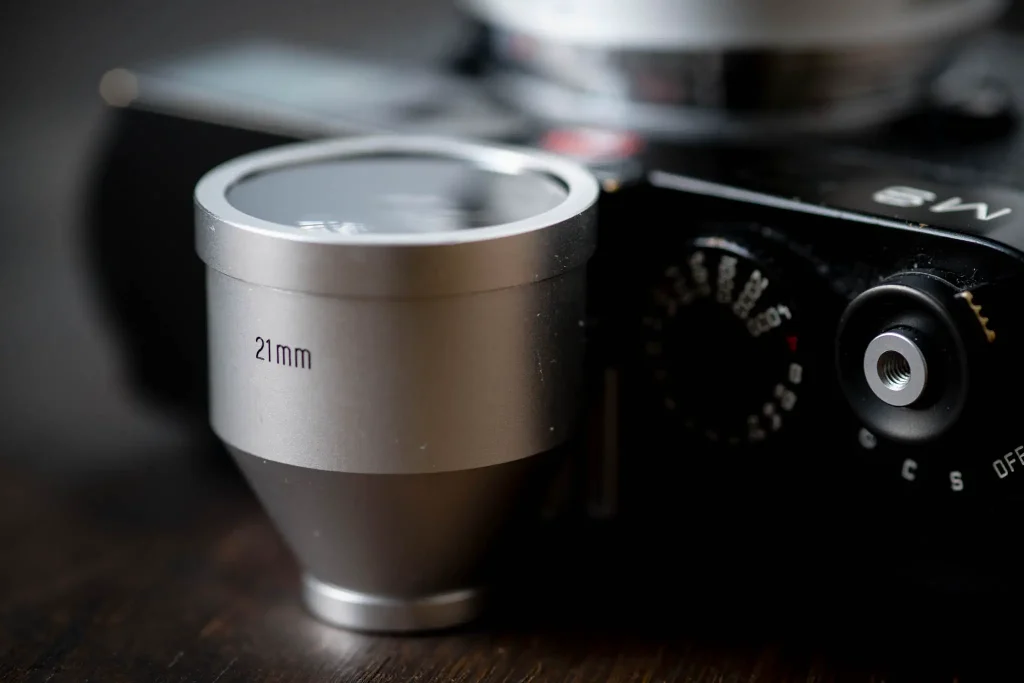
In use / Optical qualities
On paper, the big advantage of the Avenon 21mm is its wide f/2.8 aperture. In practice, this advantage isn’t always as strong as you might be looking for. For a start – and this is probably the biggest let down for me – 1m close focusing just isn’t close enough for the low-lit, atmospheric people shots I’d like to be able to take with it. Nor in fact is it close-focusing enough for the sorts of shots I enjoyed taking with the Lomography LC-Wide (If it was, I might be more forgiving of the viewfinder as I was with the LC-Wide’s).
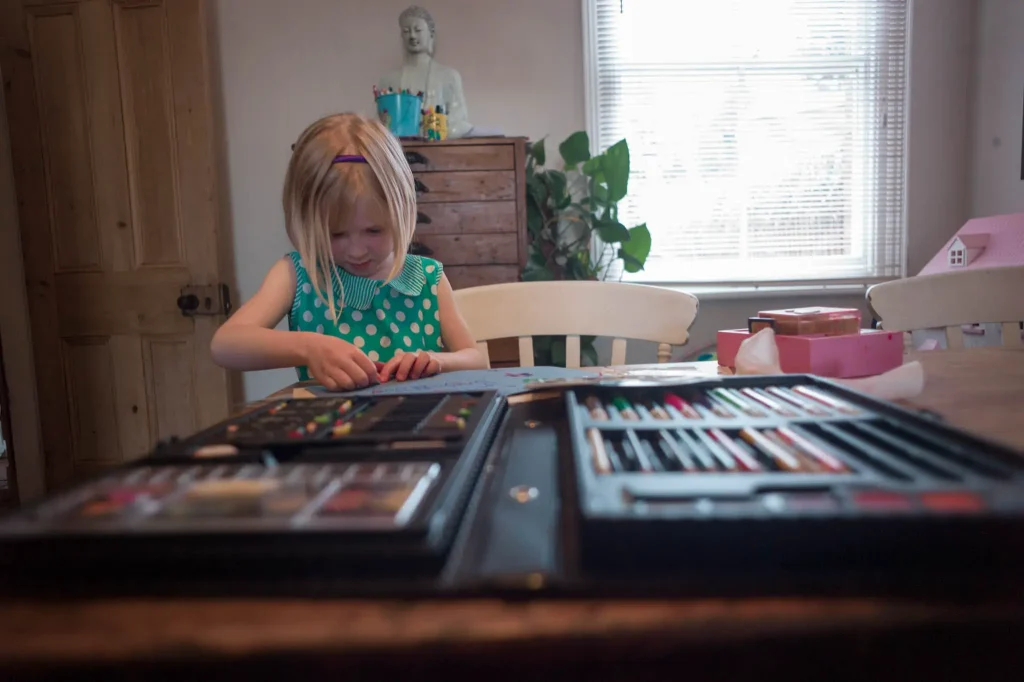

Secondly, the Avenon 21mm is not a particularly high contrast lens, especially wide open. For low light shooting high contrast is definitely my preference. Your mileage may vary of course, but for me, the wide open advantage this lens brings is just slightly compromised by both of these factors.
That all said, all is certainly not lost – especially when used with film. Contrast improves a bit as you stop down, giving results that are subjectively quite sharp, but are also rendered really quite nicely
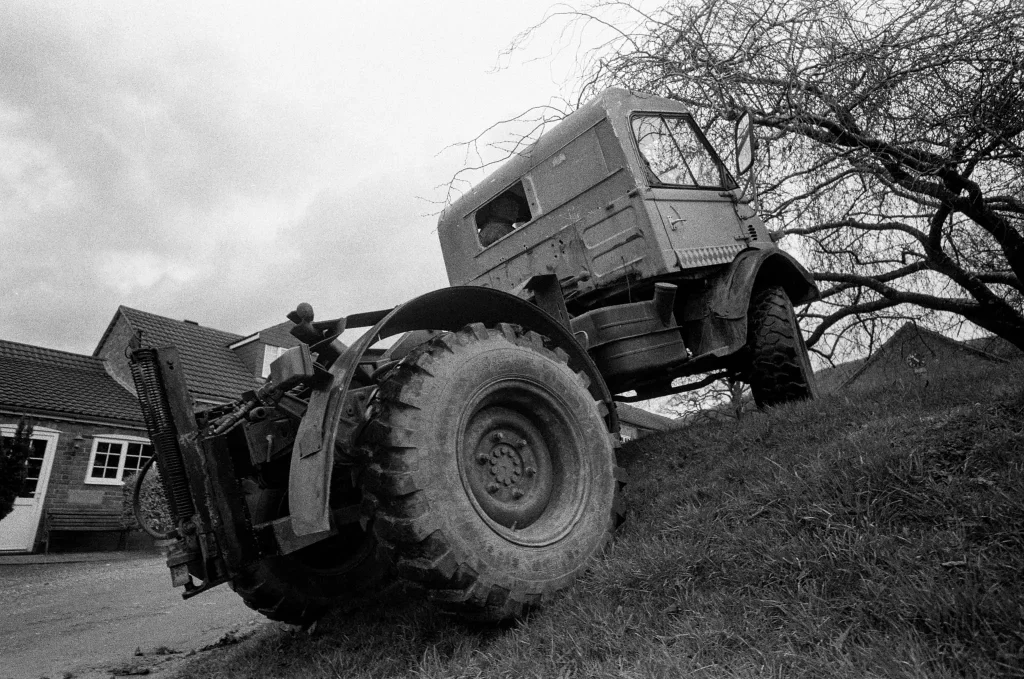
Vignetting that’s quite pronounced wide open is also reduced by stopping down. With really the only obvious aberration being an amount of pincushion distortion, though even this is seemingly quite readily corrected if your process is part or fully digital.
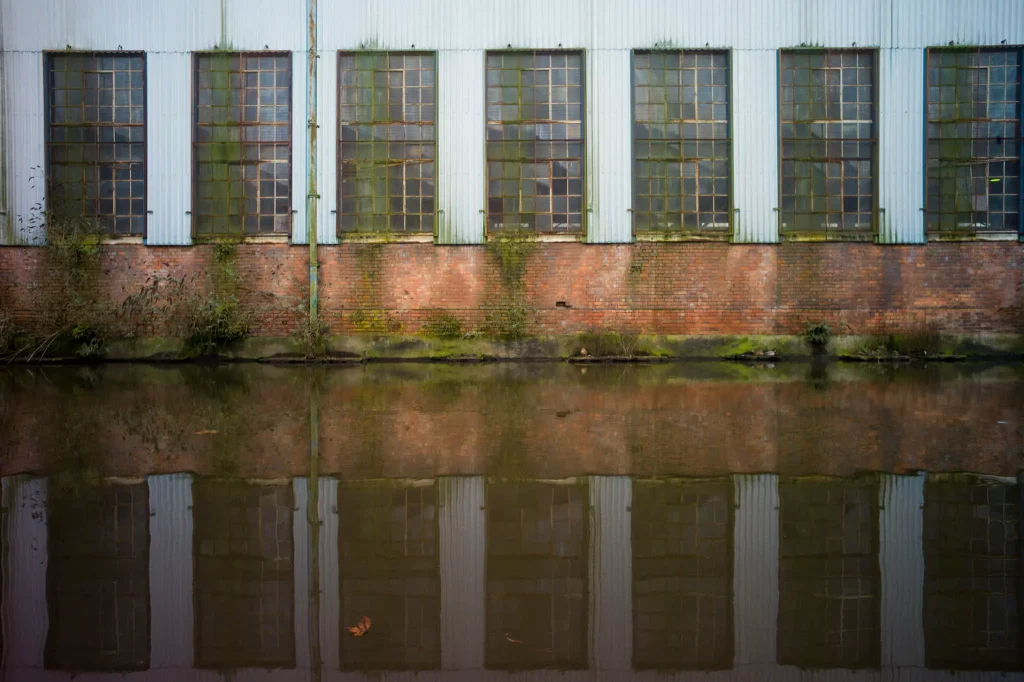
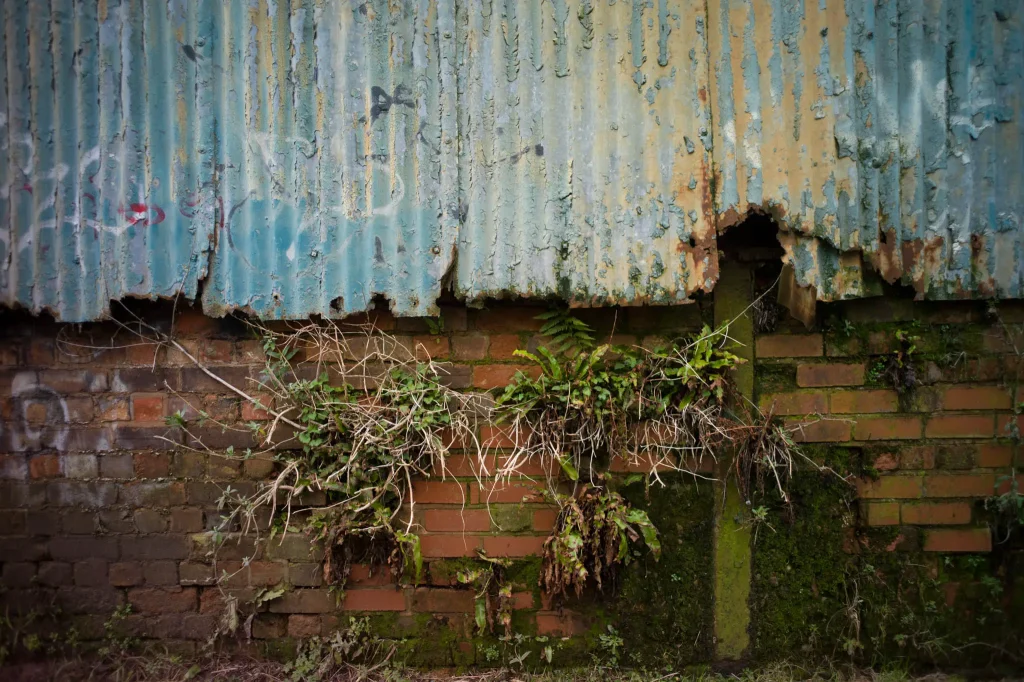
Shooting digitally
Speaking of digital, as you can probably tell, most of the images I’ve taken for this post are in fact digital. A couple images above demonstrate some of the issues with shooting this lens on an Leica digital RF without using one of the lens profiles. The most notable issue being the colour shifts colour toward the edge of the frame. It’s becoming quite evident to me that this is par for the course with wide angles on digital M cameras, and actually, it’s not too bad with this lens. However bad or otherwise it is, fortunately, it’s very readily remedied by setting the M9’s lens profile to the 24mm ASPH setting. This seems to solve the colour shift problem almost entirely.
The biggest let down of the Avenon 21mm when shot digitally is possibly its corner performance. Despite its retrofocus credentials – which I had hoped might improve potential corner performance – wide open it’s quite soft into the edges/corners. It also doesn’t completely improve when stopping down. If you look at the bottom corners of this image shot at f/8, you can see some smearing/corner softness that I couldn’t see in the few film images I shot.
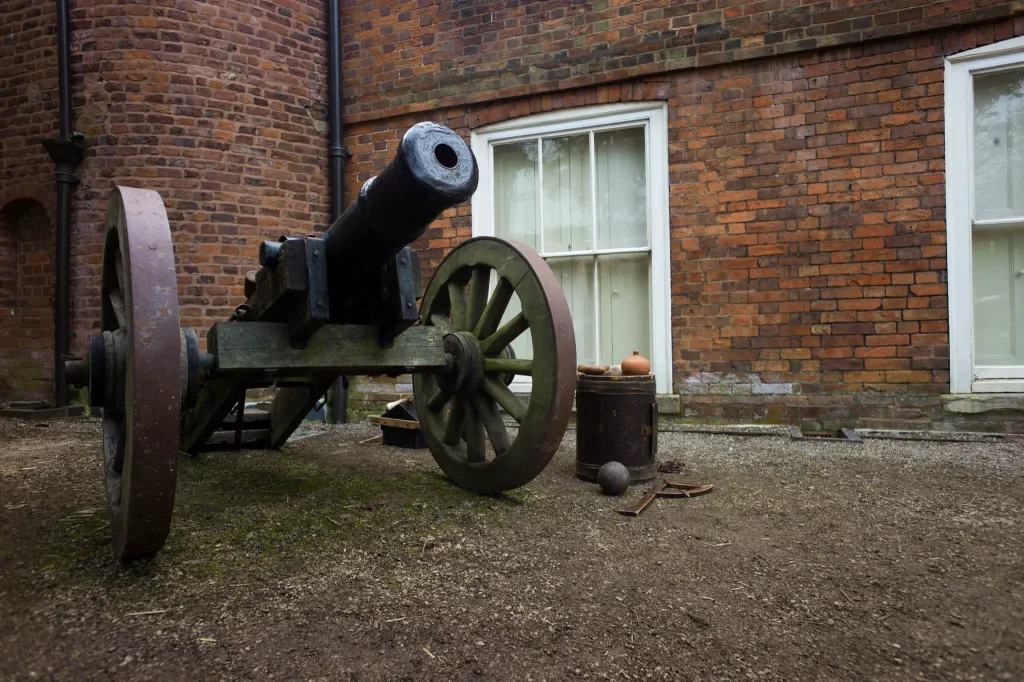
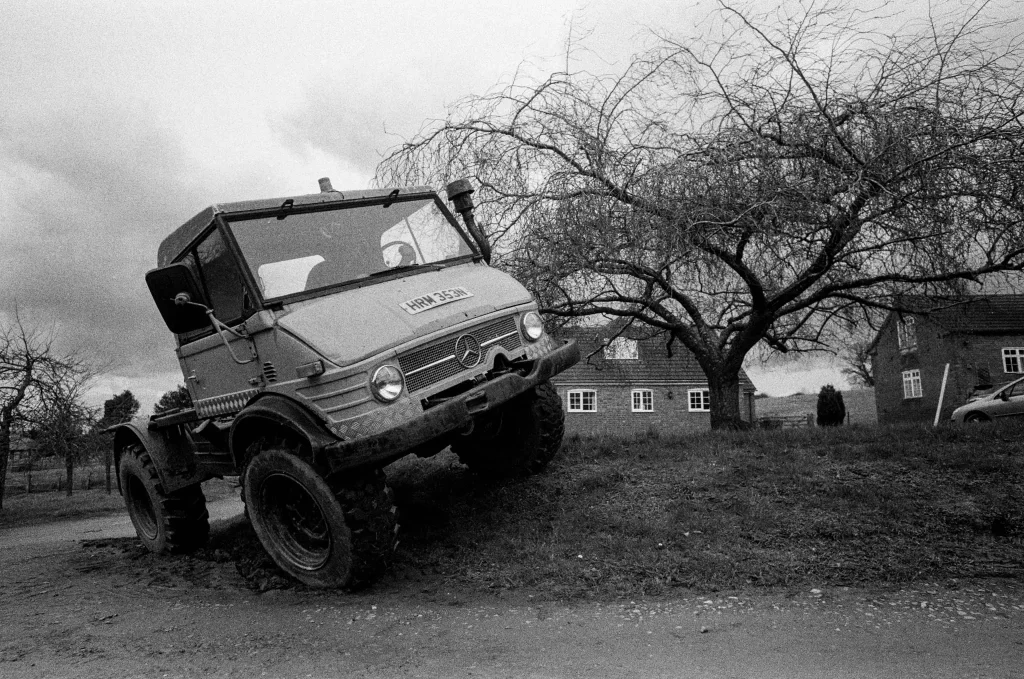
A few more images
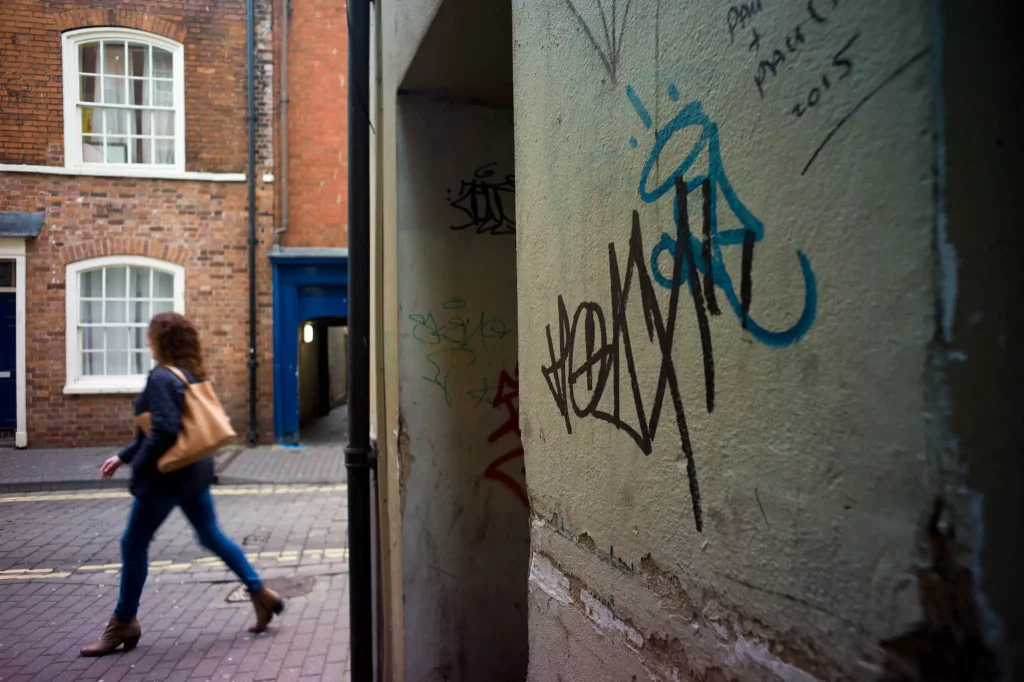

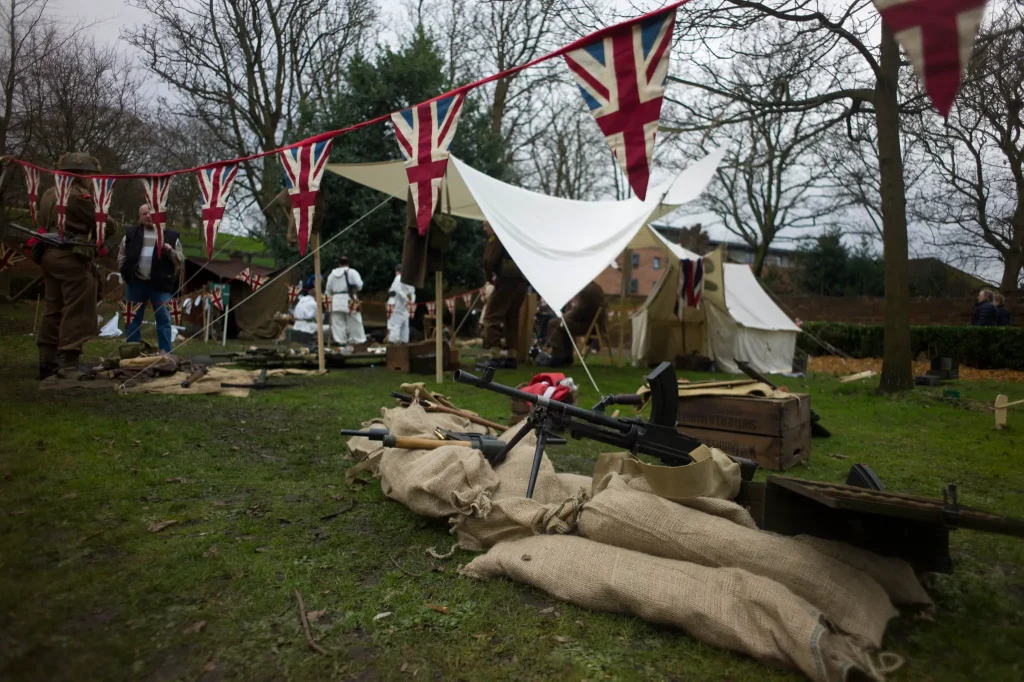
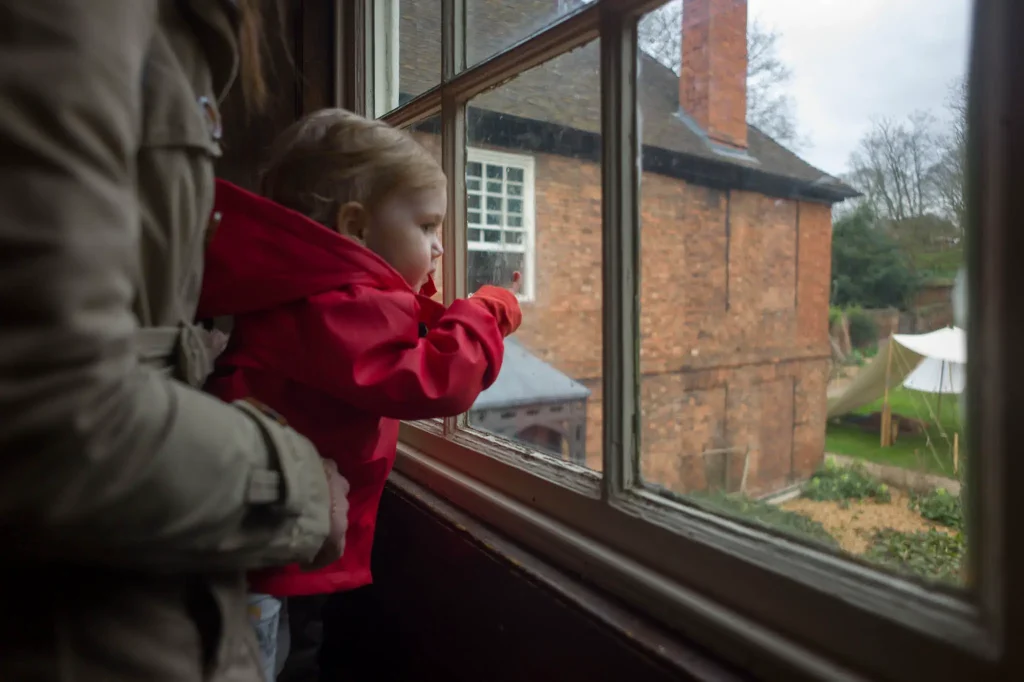
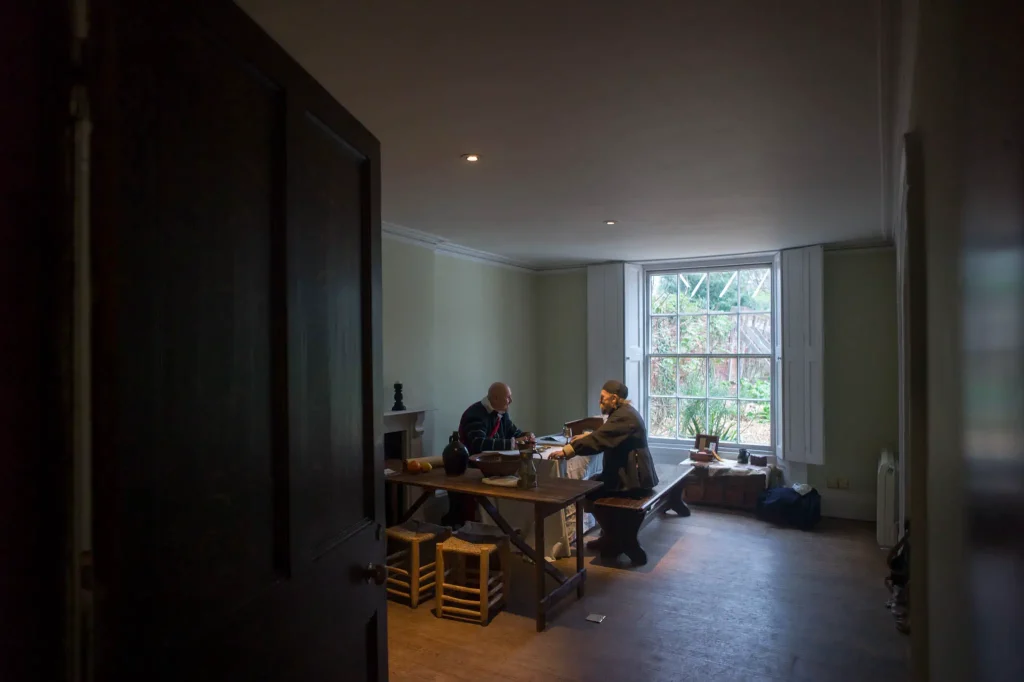
Final thoughts
As you can probably tell by the relative brevity of this review, I’ve not found myself particularly taken with the Avenon 21mm 2.8 super-wide. But, it’s also quite safe to say that much of this comes down to a matter of personal taste. I’m hovering around two ideas for an ultra wide at the moment. I’m either looking for a lens that’s reliably higher contrast and is of a higher quality when shot digitally. Or I’m looking for something that’s much smaller, might not be perfect in terms of image quality, but focuses very close and encourages the fun I had with the Lomo LC-Wide. As such it doesn’t really fit my needs in either of the ways I might have hoped – on one hand, it’s not been as fun to shoot with as I’d have liked, and on the other – where I might forgive its size – it’s just not high enough contrast for my tastes.
That said, outside of my preferences, the Avenon 21mm does carry some distinct advantages for anyone looking for a Leica mount wide angle lens. For a start, if you only intend to shoot film with this lens, I would imagine you would find yourself considerably happier than I’ve found myself to be! The couple of shots I shot with HP5+ where quite nice, especially if your preference is for slightly lower contrast glass.
It’s also a 21mm f/2.8 rangefinder coupled lens. This specification alone puts it into competition with a few lenses that are a good deal more expensive than it. The Leica equivalent – whilst a little smaller – is eye-wateringly expensive by comparison, with even second hand more elderly versions costing a good few more quid. It’s also quite often reported to be as good, if not better than the elderly Leica versions, especially when stopped down.
Possibly the most compelling competition comes in the form of the Zeiss 21mm 2.8 zm, or the Voigtlander 21mm f/1.8. Both will likely be higher contrast, but are at least as big, if not bigger still, and are also a few £100 more expensive. Look down the price ladder and you are limited only to the likes of the Voigtlander 21mm f/4, which is a clear stop slower.
In short, I don’t find myself particularly in a position to recommend this lens on grounds of my own tastes and requirements, but it’s hard to deny that the Avenon 21mm f/2.8 offers a fairly unique set of statistics and character traits at a comparatively accessible price point.
Share this post:
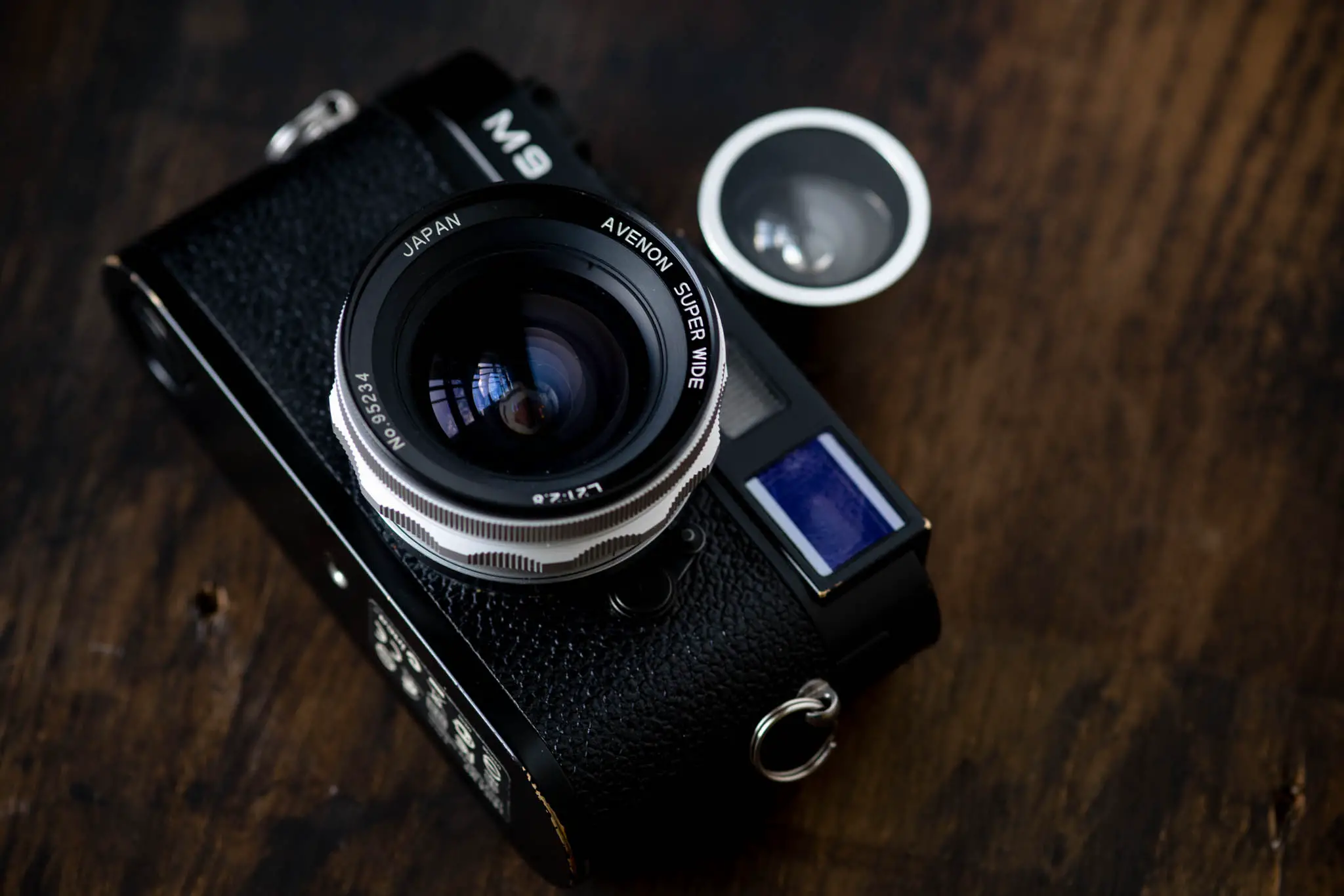








Comments
jeremy north on Avenon 21mm f/2.8 super-wide lens mini-review
Comment posted: 24/02/2017
Great to see a Unimog, one of the two vehicles I'd really like to own, the other being a Pinzgauer.
Comment posted: 24/02/2017
George Appletree on Avenon 21mm f/2.8 super-wide lens mini-review
Comment posted: 24/02/2017
You can also go for the Voigtlander 15 mm. Affordable and it seems very reliable.
About that exotic lens, I like it because two reasons. Mainly its very ergonomic distance and aperture rings easy to handle. But also among the small it's not uncomfortably tiny.
From my reading,... let me know if it's fully rangefinder coupled, so the viewfinder wouldn't be necessary. ... Something like the full Leica M8 view.
Image colors are attractive, and no much distortion can be appreciated.
Comment posted: 24/02/2017
Comment posted: 24/02/2017
Comment posted: 24/02/2017
Jakub Michał Talarek on Avenon 21mm f/2.8 super-wide lens mini-review
Comment posted: 25/02/2017
Comment posted: 25/02/2017
Comment posted: 25/02/2017
Comment posted: 25/02/2017
Anthony Polson on Avenon 21mm f/2.8 super-wide lens mini-review
Comment posted: 25/02/2017
However, I have since learned (from the inestimable Dante Stella) that once you have established the corrections needed, they can be easily and consistently applied to every shot. And the lens will then deliver on digital the same superlative results as on film. Alas I did not have sufficient patience to work this out for myself and sold my copy before discovering what was needed. I regret that decision, however I am very happy with the Leica 24/3.8 Elmar-M ASPH I replaced it with.
Comment posted: 25/02/2017
Todd on Avenon 21mm f/2.8 super-wide lens mini-review
Comment posted: 01/03/2017
Comment posted: 01/03/2017
Allan on Avenon 21mm f/2.8 super-wide lens mini-review
Comment posted: 14/09/2017
The 21 you know about. As I remember the 28 was much smaller and nicer to use, but neither of them made me happy, so they're gone.
After many false starts, I wound up with the tiny Elmarit 28, and the Zeiss 21mm f2.8, both lucky (meaning cheap) used examples.
I should say that all of my Leica experience is with film, so I can't speak to the digital red edges/light falloff/etc/etc issues.
I found the Zeiss 21mm f4.5 a brilliant performer, as you would expect, but a little too fiddly for my fat fingers.
Dante's Zeiss article is here:
https://themachineplanet.wordpress.com/2014/04/20/zeiss-c-biogon-t-4521-zm-and-removing-the-reds/
Peter Boorman on Avenon 21mm f/2.8 super-wide lens mini-review
Comment posted: 28/11/2017
Comment posted: 28/11/2017